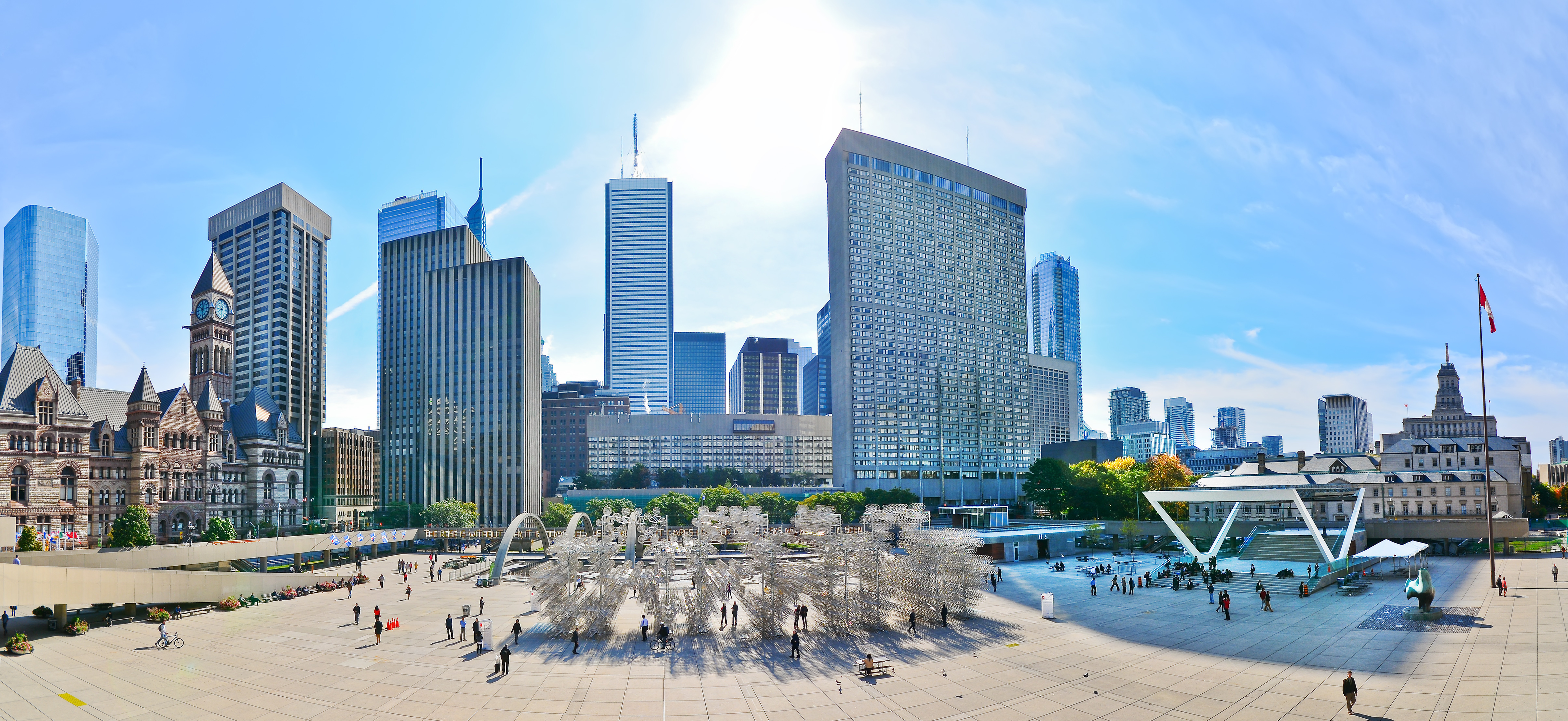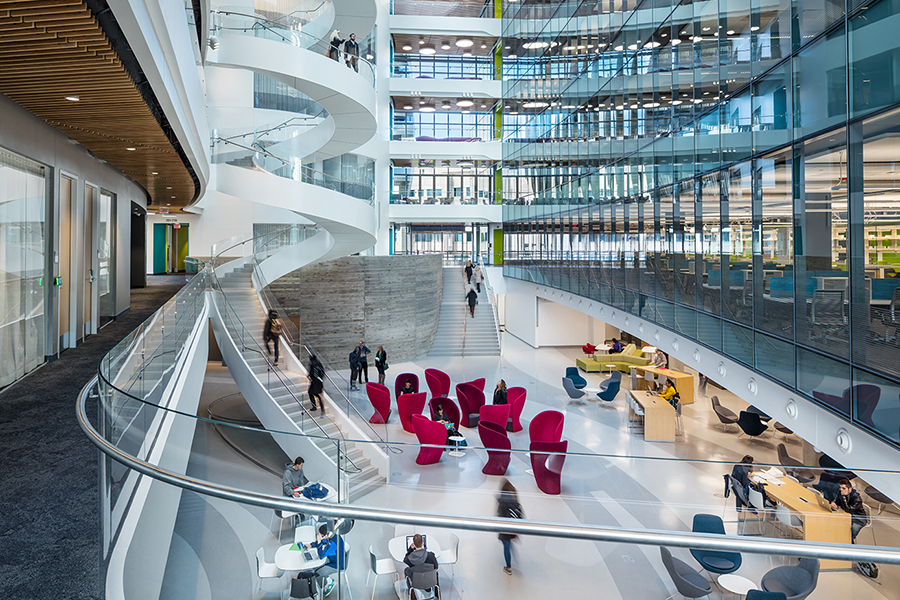Meaning of Place

Historically, universities have been bounded by place. The physical campus was as much a representation of the core mission as was the academic curriculum. At research-intensive universities, research buildings and medical facilities project mission and focus. For religiously affiliated schools or schools founded by religious orders, the location of the chapel typically speaks to the centrality of the moral and spiritual foundations of the school. The academic quadrangle was structured to signify an enclosed and protected home where young minds could explore the world of ideas in a safe, welcoming and supervised environment. Yet, in our evolving learning landscape, the meaning of place on our campuses is changing rapidly. Digital technology, ubiquitous access to content and a world swept up in constant change requires a re-conceptualization of university space. Although this re-conceptualization of space is not necessarily tied to a traditional place-bound campus, it is still critical that it should be tied to the mission of the institution.
A quick scan of new university libraries provides perhaps the best example of how contemporary notions are defining space. Collaboration space, small study rooms, and bright, airy rooms conducive to social interactions now physically define the modern university library. The long rows of oak drawers that once held the card catalog are now replaced by glowing kiosks and screens presenting the reader with a seemingly infinite array of journals, e-books and publications. Even the bookshelf itself is diminished in importance as ubiquitous free content can be accessed with a few swipes on a tablet. The function of a traditional library—researching content and retrieving articles—can be done from anywhere. However, the space now reflects the emerging importance of interconnected networks, peer collaborations and technology-infused learning. Place has not become irrelevant; its design and meaning are now a reflection of contemporary university learning.
Ironically, this shift is making the meaning of place for a university even more important. As Northeastern University transforms itself into a global university system, no longer are we bound by one physical campus in one city. Yet the space we occupy—regardless of region—needs to reflect institutional values more than ever. Beyond the practical aspects of functionality, Northeastern University space now has to carry the learning, research, experiential and innovation mission of the institution. No longer is campus simply a destination for courses, but rather it becomes a location for a student experience that facilitates idea generation, career networking and lifelong learning.
This is why it is increasingly important to create social and gathering spaces in research facilities. Networking and the very human act of idea generation are accelerated and magnified when people come together to share ideas and work discoveries. In Seattle, our newest learning environment has taken the concept of the academic quadrangle and flipped it. The space now uses the exterior—the outwardly facing space—and places the students on the periphery, closer to the community. Our Silicon Valley hub positions the university entirely embedded within an employer community—recognizing the fact that the speed of technological development is accelerated within and outside of the traditional academy. In our Charlotte campus, locating in the heart of the city’s urban core was critically important as it reflected not only our commitment to a strong urban presence, but also reinforced the institutional value and relevance of co-op learning and the employability of our graduates.
Our global university system will not be a series of franchised locations where the student experience is pre-determined. Rather it is being informed and customized to the communities where we locate. The experience for our students, alumni, corporate partners and larger community is contemplated in the unique design for each unique place. Yet our common values and mission inform it.
So what does this mean for our newest campus location in Toronto? Northeastern was founded and has a rich history as an urban university. Embedding ourselves in the heart of Canada’s largest urban centre was a must. We will be situated on the 46th floor of First Canadian Place, with panoramic views of the GTA. This location places us in the centre of the country’s largest employer network, which is essential to our belief that experiential education is as important as theoretical learning. The cityscapes viewable from the site allow students to see the richness and diversity of this world-class city. Students can view the high-rise glass condos and office towers along the waterfront, the former industrial factories to the east, which are in the process of transformation, the emerging tech focus centres to the west, and the fast-developing biomedical research hubs to the north. The building itself is a microcosm of Canadian ethnic and cultural diversity. Every angle, every vista and every interaction tells the tale of this city. From this central location, we aspire to be part of this vibrant and emerging story.
The interior space is being designed to expand on the Northeastern ideal of an emerging global university system. Design elements will not only project brand and tradition, but will also reflect the increasingly important network open to all of our students regardless of their location. Collaboration space, networking space and transparent work environments are being given a central priority in the layout. This speaks to our collective value and belief that networks and human interaction are critical to student learning. Of course there will be classrooms, but we envision a student experience that is as social and interactive as it is about content delivery.
We have learned a great deal as North America’s leader in online and hybrid education. We understand that the pedagogy of online education is amplified considerably by face-to-face experiences. Learning is so much more than content distribution. Our students have taught us that place still has meaning and that the human experience of learning in the modern age requires cutting-edge technology and human interaction.
The way Northeastern has embraced new learning technologies and doubled down on our experiential learning model has made us a leader in education and job placement rates. The goal of our new campus in Toronto is to bring all these elements together and provide our students a very powerful meaning of place.





